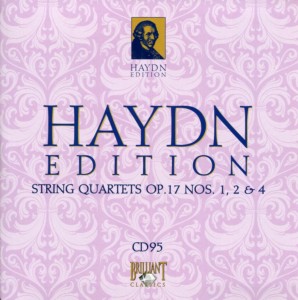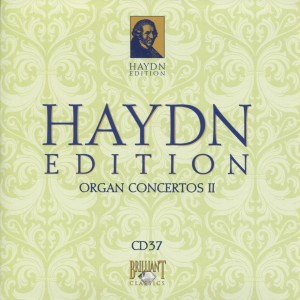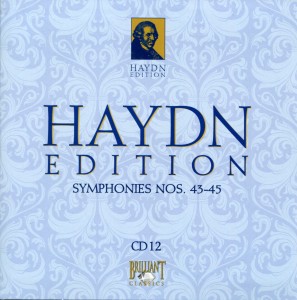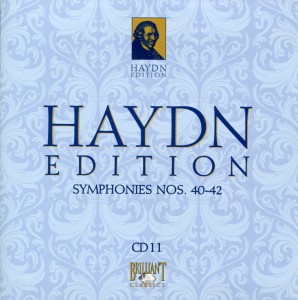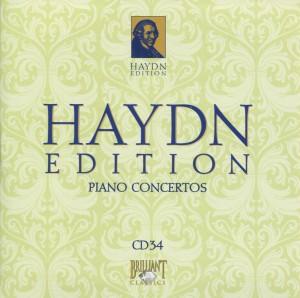 I love this music!
I love this music!
Today’s CD is a new beginning. Gone are Haydn’s symphonies. This morning starts Piano Concertos.
So what better place to be on a dark, chilly Sunday morning in November – in search of a new beginning – than a Denny’s restaurant?
Well, I suppose the case could be made that a beach in Tahiti with a tall, cool piña colada – served by an equally tall, cool island girl – beats where I’m sitting right now. But Denny’s runs a close second, right? (Admittedly, Kevin, our server, is tall. And he’s probably cool in his own way. But I am dubious that Kevin serving me a piña colada on a beach in Tahiti – or, anywhere, frankly – would have the same effect.)
The first composition on today’s CD is Piano Concerto in D No. 11. (NOTE: The Hoboken-Verzeichnis system of cataloging Haydn’s compositions is used extensively for these concertos. The Hoboken-Verzeichnis system was named after Anthony van Hoboken, a collector and musicologist who lived to be 96 years of age, passing away in 1983.)
As usual when I start to explore a new type of music and its performers, I discover all sorts of things linking from other things. (The Internet is a blessing and a curse — a tremendous boon to people with insatiable curiosities…and a constant drain on said people’s bank accounts.)
For example: searching for information about the pianist (Yolanda Violante) on today’s CD, and the pianist (Paul Badura-Skoda) in the YouTube clip below, somehow lead me to the mind-blowing “Arthur Rubinstein The Complete Album Collection” boxed set, which consists of 144 discs for $101 (the price as of today’s date). I have no idea how I ended up on Amazon, or drooling on my keyboard in awe of the grandeur of this Rubinstein boxed set. But once I saw that collection, I immediately added it to my shopping cart.
One of my most beloved treasures is Rubinstein’s Chopin Collection. So, how could I possibly resist Arthur Rubinstein‘s complete recordings – touted “…as the world’s biggest CD edition for a solo artist, according to Guinness World Records”?
That’s what they call a rhetorical question. I couldn’t resist it. And didn’t.
But that’s what I love about doing this.
It is this serendipitous, circuitous discovery of tangental subjects that Continue reading →
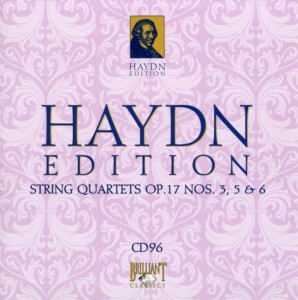 Movement III (“Largo”) of Op. 17 No. 6 in D is exquisite – and that despite the fact that its tempo is much slower than I usually like.
Movement III (“Largo”) of Op. 17 No. 6 in D is exquisite – and that despite the fact that its tempo is much slower than I usually like.
